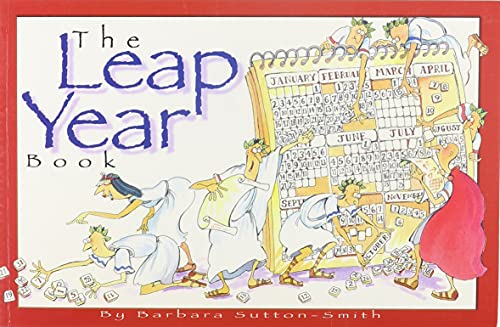👨 Shop Men's Health products from iHerb : https://fas.st/mPHRY1 Read more about Men's health in Ayurveda 👇 https://ayurveda-by-nelly.blogspot.com/2020/08/mens-health-in-ayurveda.html
The Reason behind the Leap Year
Every leap year features an extra day added to the end of February, giving February 29 days instead of the usual 28. This bonus day happens because there isn’t actually 365 days in a year, but rather 365.242190 days. To compensate for this extra time, an extra day needs to be added approximately every four years.
Interesting Trivia about Leap Years
Here are some interesting trivia tidbits about leap years:
- If you’re born on February 29, you’re known as a “leaper” or a “leapling.” These are uncommon nicknames, indeed, since only people born on this rare day enjoy them.
- Want to take the kids on a field trip to celebrate the leap year? Head to Anthony, Texas, or Anthony, New Mexico. Both claim the title of “Leap Year Capital of the World.” To celebrate the leap year, the town in Texas holds a large festival that features square dancing, fun events, and activities on a nearby farm, and it even offers a tour through an Aztec cave.
- The ancient Egyptians were the first people who figured out their calendar didn’t actually work without a leap year added.
- February 29 became the official leap day because of the ancient Romans, who added this extra day to the Roman calendar used during the Roman Empire. Roman emperor Julius Caesar also incorporated the leap year into the calendar he created, known as the Julian calendar.
- The people of Greece believe getting married on a leap year will only bring bad luck. However, other cultures like Great Britain and Ireland believe a leap year is the time when women should ask men to get married instead of the usual custom of men asking women.
Fun Things to Do on Leap Day
Here are some fun ways you and the kids can celebrate leap day, on February 29:
1. Write a letter to yourself to be opened four years later on the next leap year.
2. Frogs are associated with leap day, which is why you should make some frog origami, play a game of leap frog with classmates, or make a frog puppet.
3. If you’re born on February 29, you might consider joining the Honor Society of Leap Year Babies, which offers free membership to anyone born on this special day.
4. Build a “leaping” collage featuring animals that are known to leap high and far, including kangaroos, frogs, cheetahs, and lemurs.
5. Read a book that has the leap year as its theme, such as The Leap Year Book by Barbara Sutton-Smith.

6. Learn about the mathematics behind the leap year to give your brain a workout.
7. Make a leap day time capsule.
Ultimately, every leap year is an opportunity for students to learn and play. You only get to celebrate it once every four years, so use this opportunity to do something special.
Comments
Post a Comment